China is a vast country with diverse geography—from coastal plains in the east to high plateaus in the west, from snowy northern landscapes to lush southern rainforests. It offers unparalleled natural beauty and a profound cultural heritage. Each season reveals a different side of the country, and every city holds its own unique charm.
This article will guide you in planning your ideal trip to China from two perspectives: “Best Time to Visit China” and “Best Places to Visit in China.”
I. Best Time to Visit China: Beauty in All Seasons, Travel by Region
Spring (March – May): Mild Weather & Blooming Flowers
Spring is one of the most pleasant times to visit China. The weather is comfortable, and both southern and northern regions are full of vitality and color. It’s an excellent season for flower viewing, leisurely walks, and cultural exploration. As a famous Chinese saying goes, “In misty March, go to Yangzhou,” so let’s start there.
Recommended Destinations:
- Yangzhou: A historic Jiangnan (southern Yangtze) city known for Slender West Lake, Ge Garden, and Daming Temple. Its poetic charm and the legacy of wealthy salt merchants blend beautifully with classical garden design.
- Suzhou & Hangzhou: Renowned for elegant lakes, gardens, and spring blossoms.
- Luoyang: Famous for its Peony Festival in April.
- Kunming & Dali: Mild “spring city” climate with vibrant flowers and pleasant temperatures.
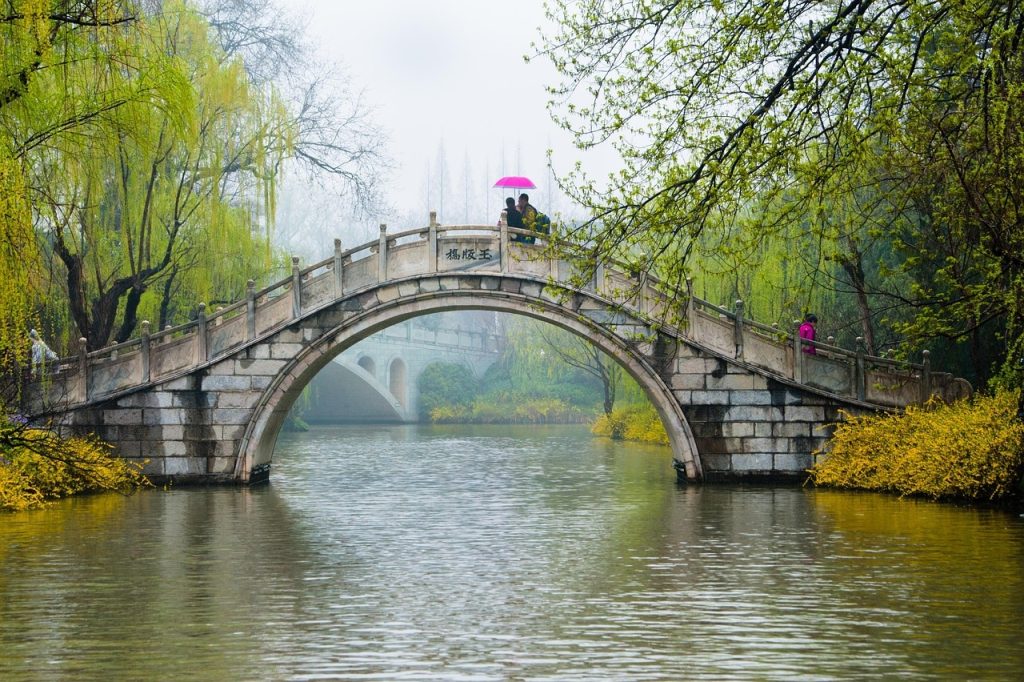
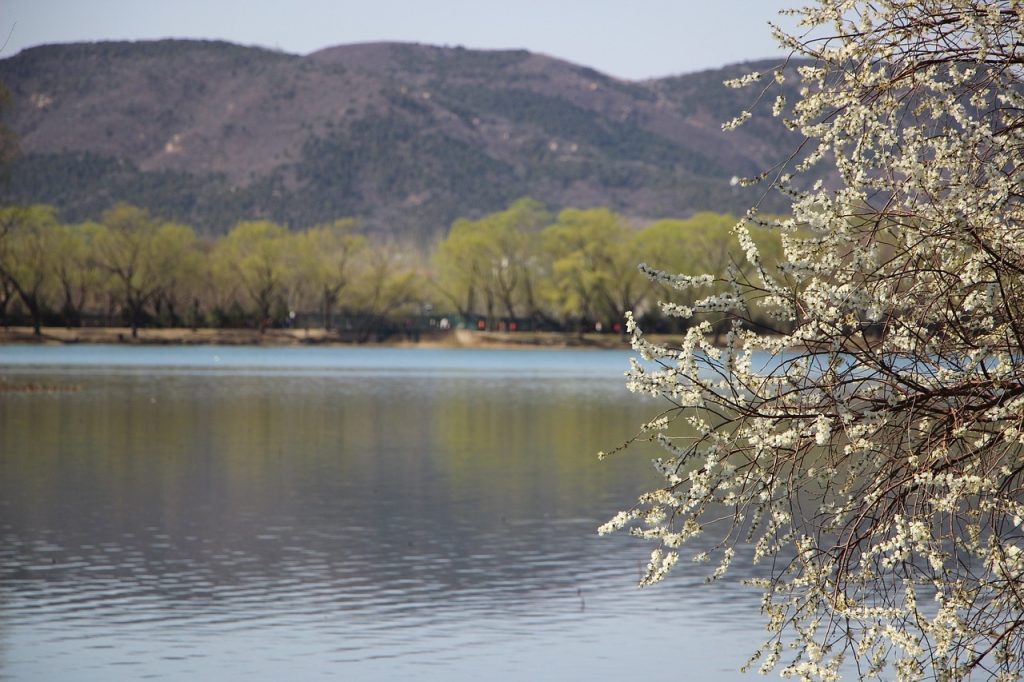
Summer (June – August): Festivals, Culture, and Highland Escapes
While many regions get hot during summer, the grasslands, mountains, and highland areas remain cool—making them ideal for summer retreats and outdoor adventures. It’s also a great time to experience ethnic festivals and local traditions.
Recommended Destinations:
- Qinghai Lake & Hulunbuir Grasslands: Vast and breathtaking natural beauty.
- Zhangjiajie: Famous for its unique peaks and thrilling glass bridge.
- Guizhou & Tibet: Ideal for escaping the heat and exploring ethnic diversity—just be sure to allow time for acclimatization, especially for Tibet’s high altitude.
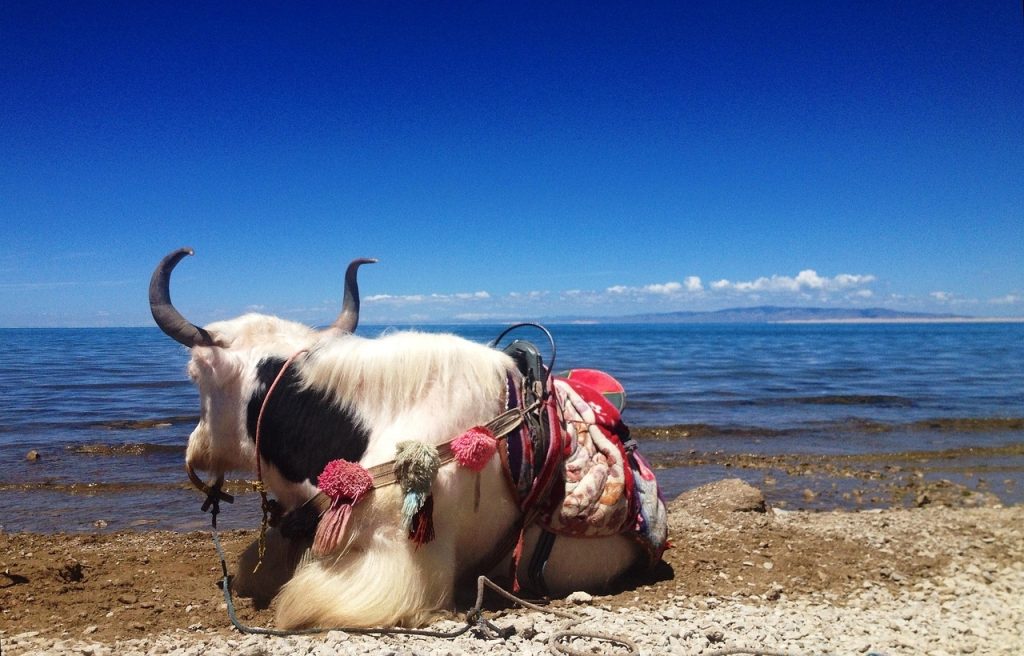
Autumn (September – November): Colorful Landscapes & Cultural Depth
Autumn is arguably the best travel season in China. The temperatures are pleasant, and the scenery turns brilliantly colorful—perfect for hiking, photography, and cultural discovery.
Recommended Destinations:
- Beijing (Fragrant Hills) & Changbai Mountain: Ideal for enjoying vibrant foliage.
- Daocheng Yading: A spectacular mix of snow-capped mountains and colorful forests.
- Hongcun (Anhui) & Wuyuan (Jiangxi): Ancient villages set against golden autumn landscapes.
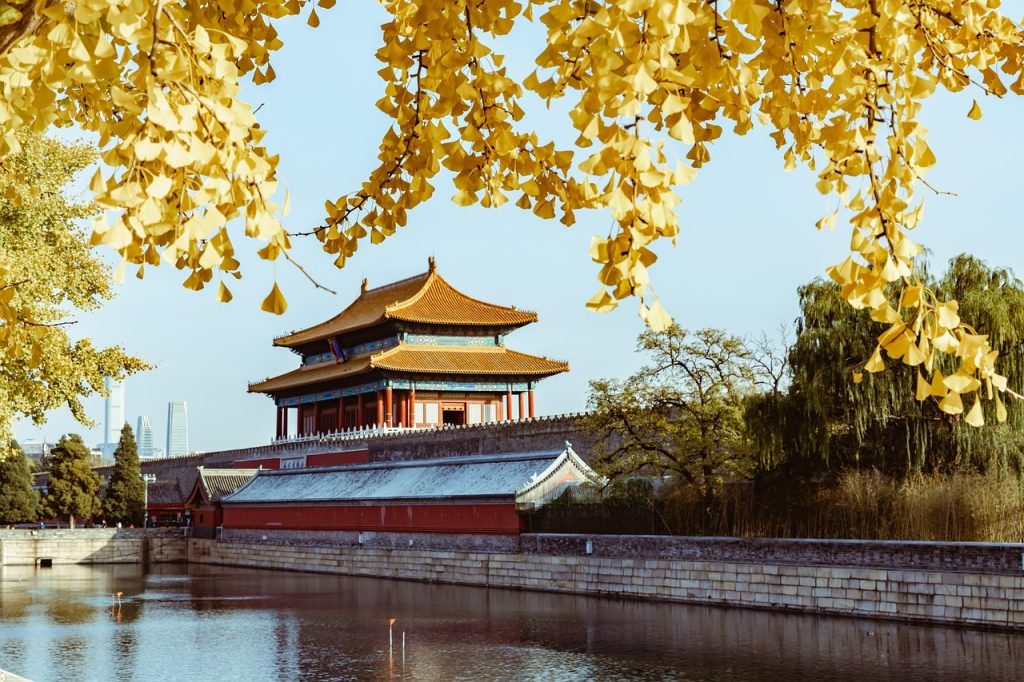
Winter (December – February): Ice, Snow, and Festive Cheer
Winter transforms northern China into a snowy wonderland, while the southern regions stay warm and inviting. It’s the season for skiing, hot springs, and experiencing traditional festivals like Chinese New Year.
Recommended Destinations:
- Harbin: Home to the world-famous Ice and Snow Festival.
- Jilin (Rime Island): A magical winter scene with tree frost and snow.
- Xiamen, Sanya, Lingshui: Mild coastal getaways; Sanya is often called “China’s Maldives.”


II. Explore China’s Cities: Modern Life, Natural Wonders, and Cultural Heritage
1. Modern Cities: Innovation Meets Tradition
For those who love city life, high-tech innovation, and cosmopolitan culture, China’s modern cities offer the perfect blend of the past and future.
- Shanghai: China’s most international city, with a skyline of skyscrapers and colonial architecture.
- Shenzhen: A tech and innovation hub full of energy and youth.
- Guangzhou: A food lover’s paradise that balances history and modern commerce.
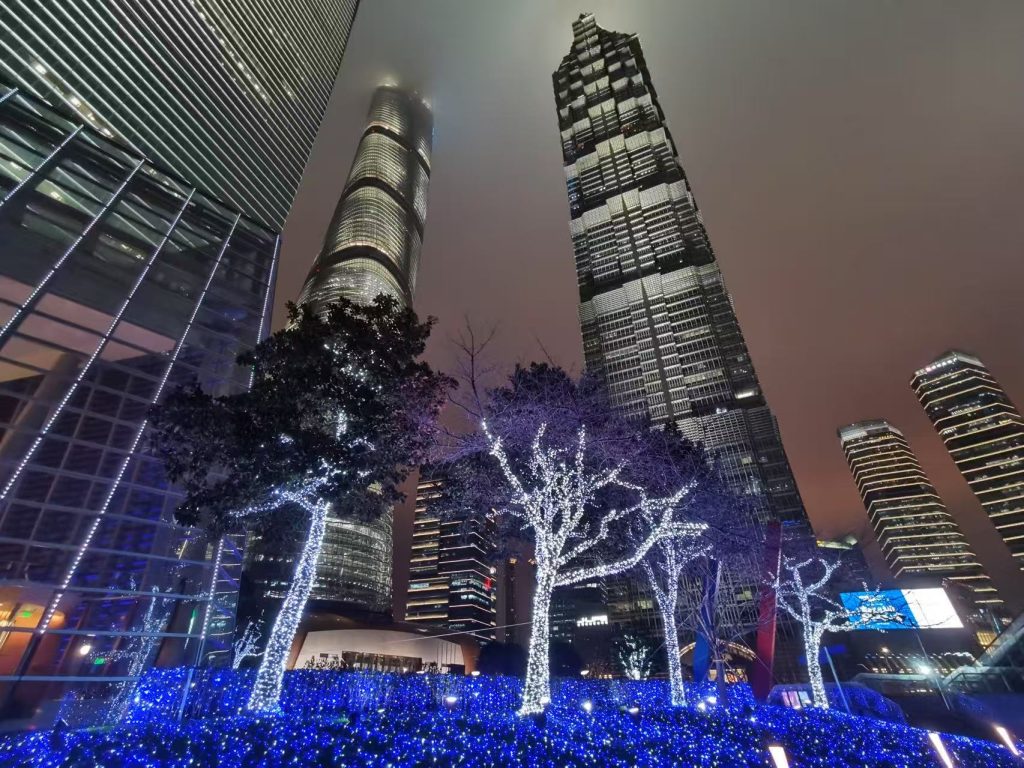
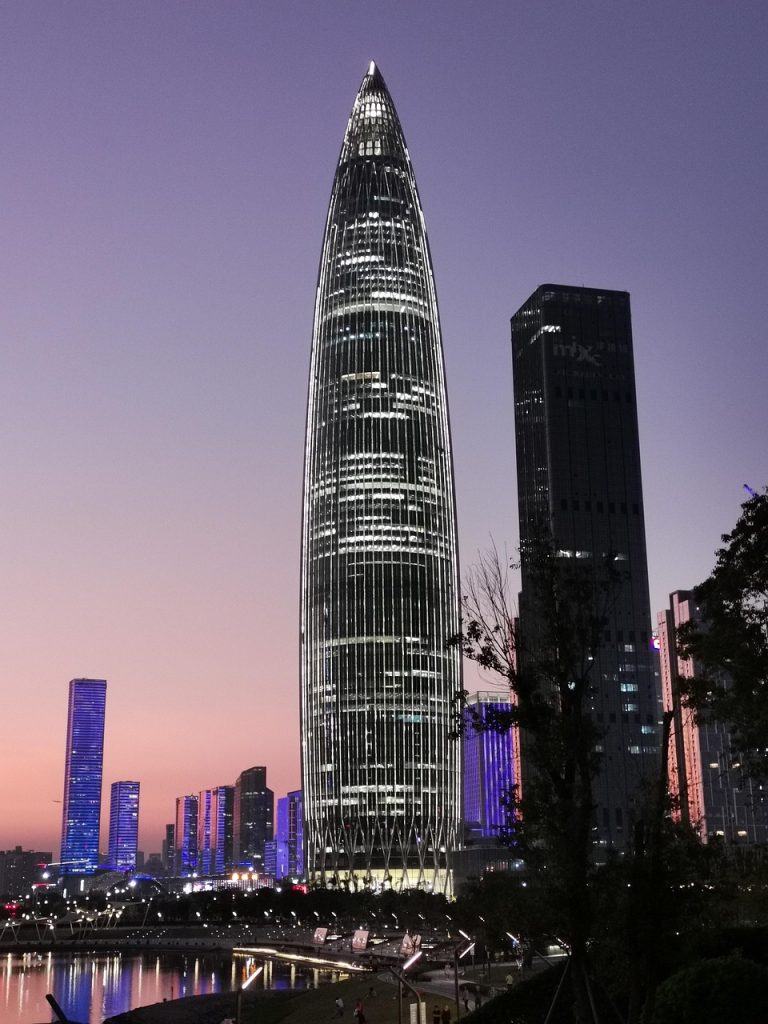
2. Natural Beauty: Breathtaking Scenery Year-Round
Nature lovers and outdoor enthusiasts will find countless destinations where mountains, rivers, and forests paint a living landscape.
- Guilin: Picture-perfect limestone peaks and the winding Li River.
- Zhangjiajie: Otherworldly rock formations that inspired “Avatar.”
- Jiuzhaigou: Vibrant lakes and forests set against snow-capped mountains.
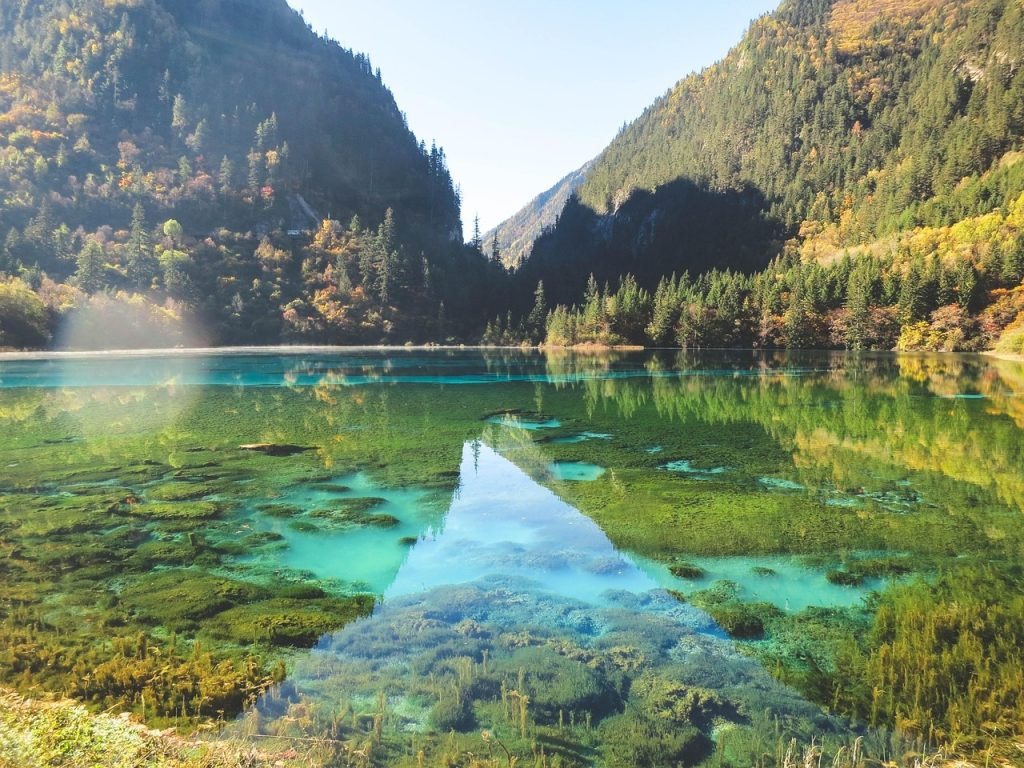
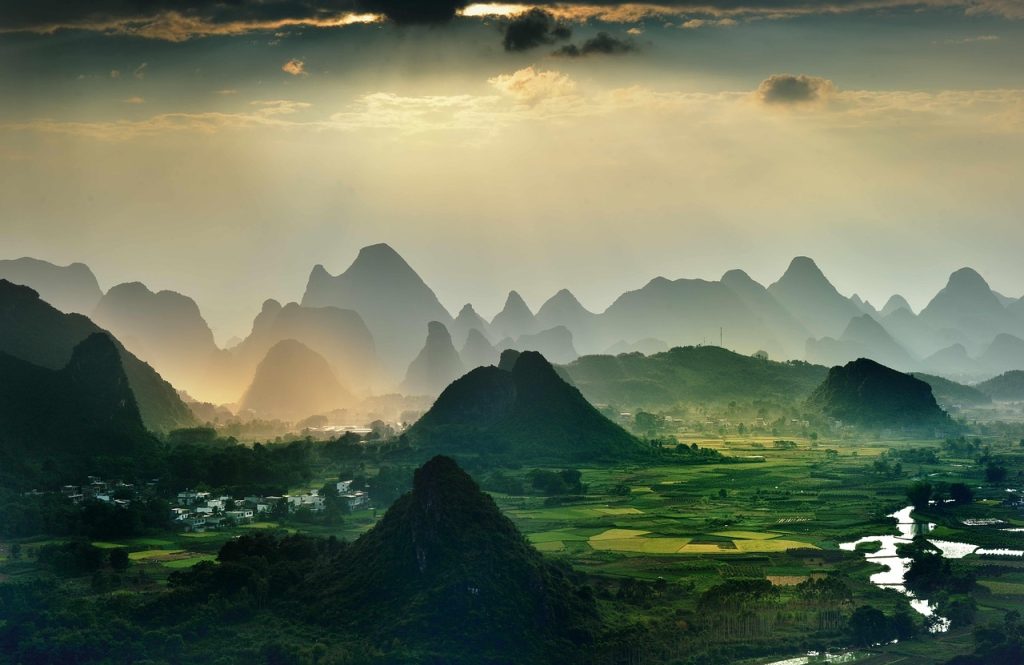
3. Historical and Cultural Cities: A Journey Through Time
Travelers interested in Chinese history and culture will find these cities rich in heritage and timeless charm.
- Xi’an: Once the capital of 13 dynasties, home to the Terracotta Warriors and ancient city walls.
- Beijing: Full of iconic landmarks like the Forbidden City and the Great Wall.
- Luoyang: One of China’s oldest cities, featuring the Longmen Grottoes, White Horse Temple, and royal gardens from the Tang dynasty. It also hosts the Peony Festival in spring.
- Yangzhou: With its poetic canals, gardens, and temples, it offers a slower pace to enjoy the elegance of traditional Jiangnan culture.
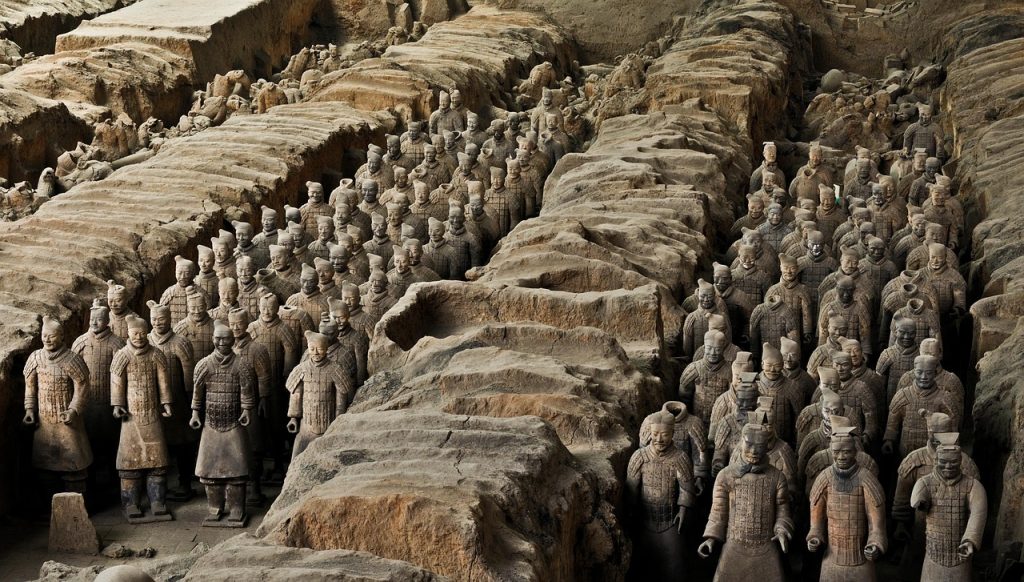
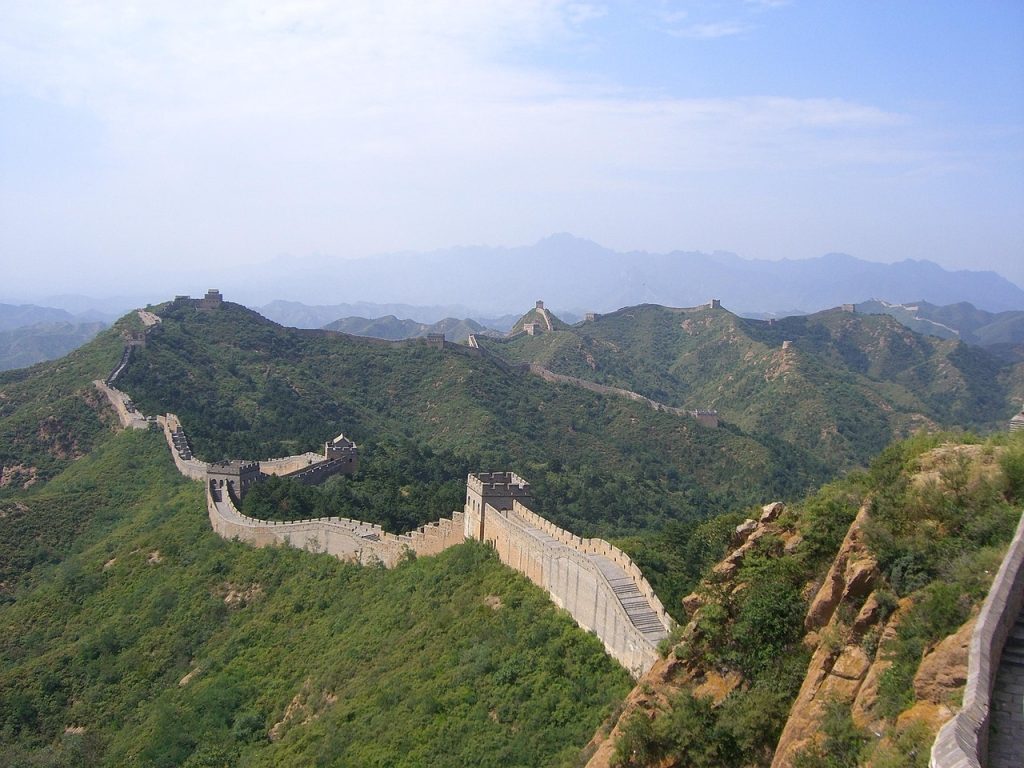
Conclusion: The “Best Time” to Travel Is the One That Fits You
The beauty of traveling in China lies in its diversity and endless possibilities. From the blooming spring flowers to escaping the summer heat, enjoying the autumn hikes, or experiencing the winter charm, there’s always something special to explore. Pick the time and destinations that match your interests and set off on a memorable journey across this rich and vibrant country.
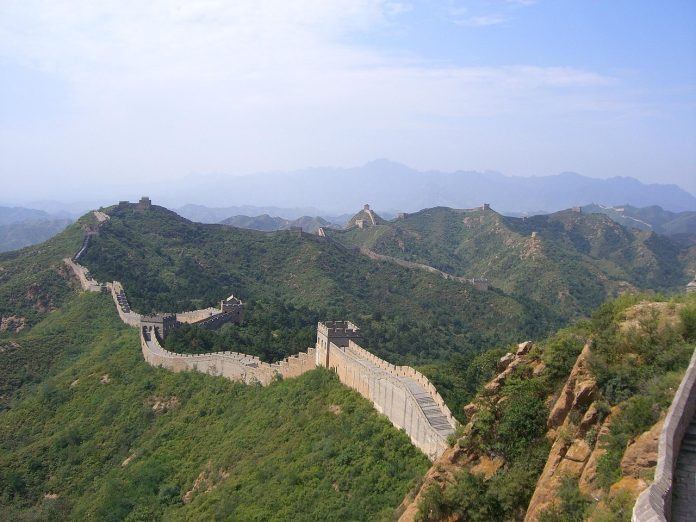

China is indeed a treasure trove of natural wonders and cultural gems. The way each season brings out a different facet of its beauty is truly captivating. I particularly love the idea of visiting Yangzhou in March—there’s something magical about seeing a place in its misty, blooming glory. Have you ever been there during spring? The summer retreats in the highlands sound refreshing, but I wonder if they’re as crowded as the cities. Autumn seems like the perfect balance for hiking and photography, but which region would you recommend for the most vibrant foliage? Winter in the north sounds enchanting, but I’m curious—how accessible are these snowy destinations for someone not used to extreme cold? Lastly, with so much diversity, how do you even begin to plan a trip to China without feeling overwhelmed? Would love to hear your thoughts!
Thank you for your thoughtful comment!
Yangzhou in March is indeed magical, with the misty spring blooms. If you enjoy cool retreats, places like Qinghai and Gannan are less crowded and perfect for a summer getaway. For vibrant autumn foliage, I recommend Jiuzhaigou, Kanas, or Wuyuan—great for hiking and photography. Winter in places like Harbin and Changbai Mountain is beautiful and accessible, with well-developed facilities for visitors.
China is vast and diverse, so for a first visit, I’d suggest focusing on a theme—nature + culture or cities + ancient towns—to make planning easier. I’d be happy to help you plan if needed!
China’s natural landscapes and cultural richness are truly fascinating, making it an endlessly appealing destination. The description of each season highlights a unique aspect of the country, from spring’s vibrant flowers to winter’s snowy allure. However, I’m curious about how accessible these destinations are for international travelers, especially in remote areas like the highlands or grasslands. Do local communities actively encourage eco-tourism, and how do they balance preserving nature with welcoming visitors? It’s inspiring to see how China blends tradition with modernity, but I wonder if the rapid urbanization affects the authenticity of cultural experiences in cities. What would you recommend for someone visiting for the first time—should we focus on nature, culture, or a mix of both? How has tourism evolved in recent years to cater to diverse interests?
Thank you so much for your kind message! 😊 Many parts of China, even remote areas like highlands and grasslands, are now more accessible thanks to improved infrastructure. Some regions (like Tibet) do have special requirements, but eco-tourism is growing, with local communities offering authentic experiences while protecting the environment.
Despite rapid urbanization, traditional culture remains strong—through festivals, old towns, and local cuisine. For first-time visitors, I recommend a mix of nature and culture to truly experience China’s diversity. If you’re planning a trip, feel free to share your interests—I’d love to help with suggestions!